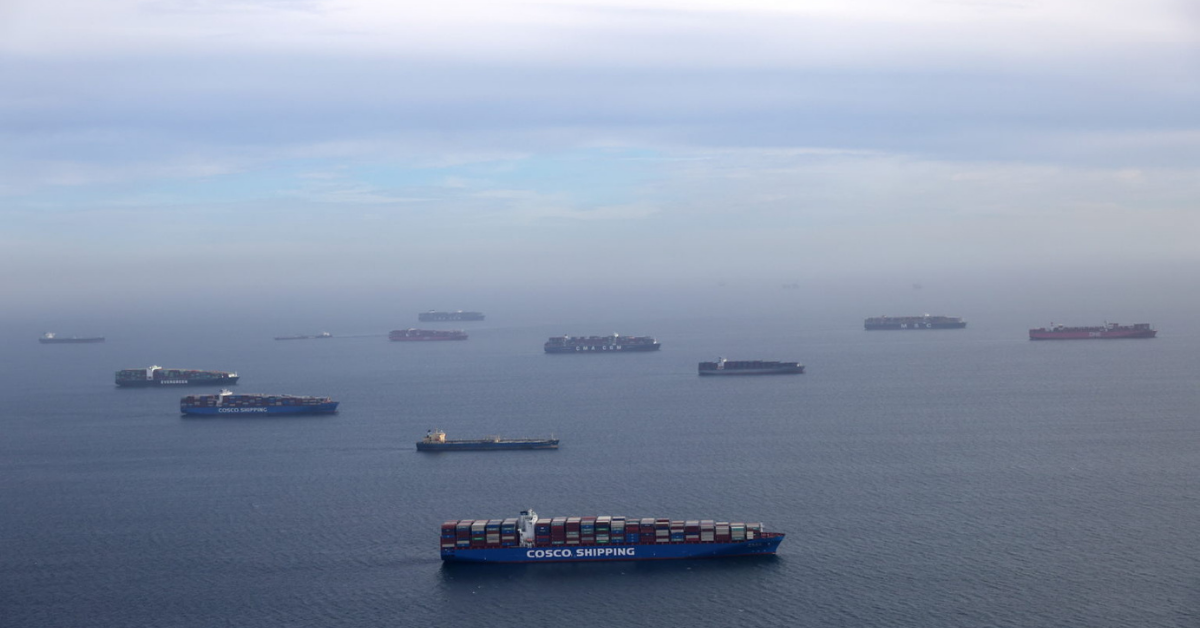Source: Container News
As CMA CGM, COSCO, along with its subsidiary OOCL, and Evergreen will remain under the OCEAN Alliance umbrella until 2032 and Maersk has already announced its upcoming partnership with Hapag-Lloyd, effective from February 2025, the members of THE Alliance seem in an unfavourable position. Meanwhile, MSC and ZIM have already signed a partnership agreement.
The OCEAN Alliance extension is expected to cement the group’s dominant position as the largest global carrier alliance, with a significant lead over their rival alliances on both the Transpacific and Asia-Europe routes, while the Gemini Cooperation of Maersk and Hapag-Lloyd is expected to receive a significant portion in the market thanks to the strong presence of the two partners in several regions worldwide. Furthermore, the world’s largest carrier MSC can secure the sustainability of its cooperation with the Israeli ocean carrier.
On the other hand, THE Alliance sans Hapag-Lloyd will be the smallest of the four global carrier alliances and will be particularly weak on the Asia-Europe and Transatlantic routes, where Ocean Network Express (ONE), Yang Ming and HMM do not have sufficient capacity and market coverage to compete effectively with the rival alliances, according to the shipping consultants of Linerlytica.
Furthermore, the OCEAN Alliance cooperation extension leaves the remaining members of THE Alliance partners stranded as they will not be able to draw one major player of the OCEAN Alliance members to replace Hapag-Lloyd. As a result, if THE Alliance aims to replace the German shipping line, it will need to seek a smaller, perhaps niche, container carrier, as the most powerful players are already participating in other alliances.







